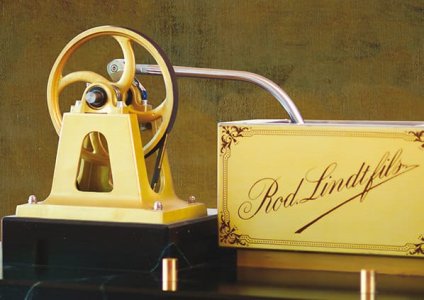There’s no denying that next to Easter, Valentine’s Day is chocolate’s time to shine. But why is it that we give chocolates to the ones we love on February 14th? Why is February 14th even considered a loved up holiday? And why on earth does everyone think chocolate is so romantic in the first place!? First, let’s look at the fascinating history of chocolate. When you think of chocolate you probably first think of eating it rather than drinking it, and you probably picture something quite sweet. But for most of chocolate’s long life it was strictly a beverage, and a very bitter one at that.
Thousands of years ago the Aztecs of Central America were cultivating cacao trees to make a bitter drink called xocoatl, made with cacao, chilli, honey, and other spices. Cacao beans were so highly valued that they were worth the same as gold and considered to be gifts from the gods. When the Spanish came to Central America they took cacao beans and knowledge on how to make xocoatl, back home to Spain. The Spanish didn’t enjoy the bitter taste as much as the Aztecs, and added more vanilla and sugar, beginning chocolate’s journey from a bitter Aztec drink to the creamy, sweet confection it is today.
When the Spanish finally shared their decadent secret with Italy and France, the recipe for chocolate changed again, becoming more sweet and less bitter. Finally in 1815, Dutch chemist Coenraad van Houten created the Dutch Cocoa process, which reduced the bitterness of chocolate and removed half the cacao butter from chocolate liquor. This made chocolate cheaper to produce and more consistent in quality. This Dutch Cocoa process was key to chocolate making the leap from a drink to a solid treat when in 1847 Joseph Fry figured out how to add the cacao butter back in and make a mouldable, solid chocolate. From there, milk powder was added in 1875 to make milk chocolate, and the taste and texture was refined a few years later by Rodolphe Lindt and his conching machine.

The late 1800s and early 1900s saw more and more chocolate producers pop up, now that chocolate had completed its evolution into an affordable, easy to produce sweet. One of these companies was our personal favourite, Callebaut. In 1911, in the small Belgium town of Wieze, Octaaf Callebaut was working on his first chocolate recipe. It took off and over the next few years Octaaf continued to refine and perfect his recipes, giving us the 811 Dark Callebaut Chocolate we still sell today! In the early 1900s, Callebaut also developed the silky smooth 823 milk chocolate recipe which remains a favourite amongst chocolatiers and patisseries. Today you can still enjoy the very same chocolate that Octaaf Callebaut developed, in convenient 500g bags, or 2.5kg bulk bags.
When you buy Callebaut Chocolate make sure it is real Belgian Callebaut as "Barry Callebaut" chocolate, which is made in Singapore, is often incorrectly sold as Callebaut. To make sure you are getting the real deal look out for the Callebaut logo!
You might, however, be wondering how chocolate came to be so intrinsically linked with Valentine’s Day. Chocolate itself has always been thought to be linked to love in general, even the famous Aztec emperor Montezuma would munch on cocoa beans for extra luck with the ladies. However for a very long time Valentine’s Day wasn’t considered a romantic day in any way, it was just a day to recognise two different Roman saints, both named Valentine. The first mention of it as a romantic day was by Chaucer in 1382 and by the mid 1800s the idea of Valentine’s Day being a day to celebrate romantic love had properly taken over, just as chocolate was beginning to be mass-produced.
Shortly after eating chocolate was developed, Richard Cadbury had the brilliant marketing idea of selling his new chocolates in beautifully decorated boxes he designed himself. Pretty quickly he was putting them in heart shaped boxes that could be kept long after the chocolates were gone to store love letters and mementos. And with that the connection between chocolate and Valentine’s Day was cemented forever!

So this Valentine’s Day, be part of the historic tradition of gifting chocolates and get creative with a bag of Callebaut chocolate callets. You can easily make your own filled chocolates using a chocolate mould or simply spread some tempered chocolate onto a patterned transfer sheet for gorgeous chocolate bark.